table of contents:
Adjusting thread tension is an essential step in achieving neat and balanced seams. Improperly adjusted tension can result in uneven stitches, puckered fabric, or thread that breaks easily.
In this article, learn how to adjust thread tension on a sewing machine and how to identify common problems for flawless finishes .
Why is adjusting thread tension so important?
Thread tension determines how the upper and lower threads intertwine to form a stitch. A good setting achieves:
- A clean, even straight stitch without borders or loops.
- A balanced zigzag stitch , ideal for stretch fabrics.
- A strong seam , without the risk of the thread coming undone.
Improperly adjusted tension can cause visible irregularities on the right or wrong side of the fabric , which affects the quality of the work.
How do I know if the thread tension is set correctly?

A point is settled when:
- The threads are balanced on both sides of the fabric .
- The fabric is flat and has no creases or distortions .
- The top thread and bobbin thread intertwine in the middle of the fabric , without being visible on either the right or wrong side.
How to adjust the upper thread tension?

The upper thread tension is adjusted using a graduated dial on the machine .
- Increase the tension (higher number) if the top thread is too loose and visible on the underside of the fabric.
- Decrease the tension (lower number) if the upper thread is too tight and causing the fabric to pucker.


What to do if the thread tension is too loose?
See image voltage number 1, 2, 3, 5, 6, 7.
If the upper thread is too loose (visible on the underside of the fabric) :
- The thread is not tight enough and forms loops on the back of the fabric .
- Solution: Gradually increase the upper thread tension until the stitches are well balanced.
If the lower thread is too loose (visible on the right side of the fabric) :
- The bobbin thread is too loose and appears on the right side.
- Solution: Slightly decrease the upper thread tension or adjust the bobbin tension if necessary.
Testing on a similar piece of fabric before starting a project helps avoid these problems from the start .
How to avoid too tight a tension?
See voltage image number 4.
Too much tension results in uneven stitches and puckered fabric .
- If the fabric puckers and the top thread is visible on the right side, slightly decrease the top thread tension .
- If the stitches seem stiff and difficult to sew , check that the bobbin thread is not too tight.
How to adjust tension for different types of fabrics?
For fine and light fabrics
(Corresponding image: Sewing on lightweight fabric with good tension adjustment)
- Slightly decrease the upper thread tension to avoid pulling the fabric.
- Use a classic polyester thread and a suitable needle for smooth sewing.
For thick and stiff fabrics
- Increase the upper thread tension slightly to allow good thread penetration.
- Check that the machine feeds the fabric well without forcing it.
For stretch fabrics
- Choose a zigzag stitch or a stretch stitch to prevent the seam from breaking.
- Adjust the thread tension to allow good stretch without puckering the fabric.
How to check the tension setting before sewing?
Before starting a project, it is recommended to:
- Test the seam on a sample of the same fabric .
- Check the stitch balance and adjust the tension if necessary.
- Check thread tension regularly if you change fabric type or thickness.
Conclusion
Correctly adjusting the thread tension is essential to achieving a consistent and strong seam .
- A balanced stitch has no visible loops or threads on the right or wrong side .
- Gradually adjust the upper thread tension according to the results observed.
- Check the tension before starting a project to avoid sewing defects.
- Adjust the tension according to the type of fabric , whether it is thin, thick or stretchy.
By following these tips, your seams will be precise, strong and perfectly adapted to each fabric .

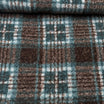
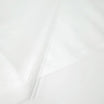
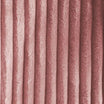
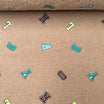

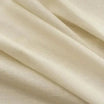





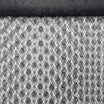
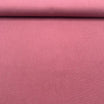


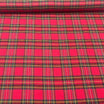


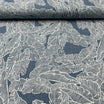

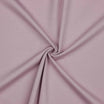


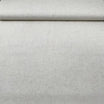
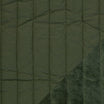
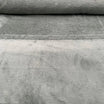

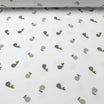
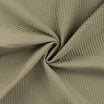








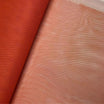
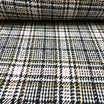
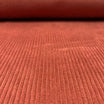




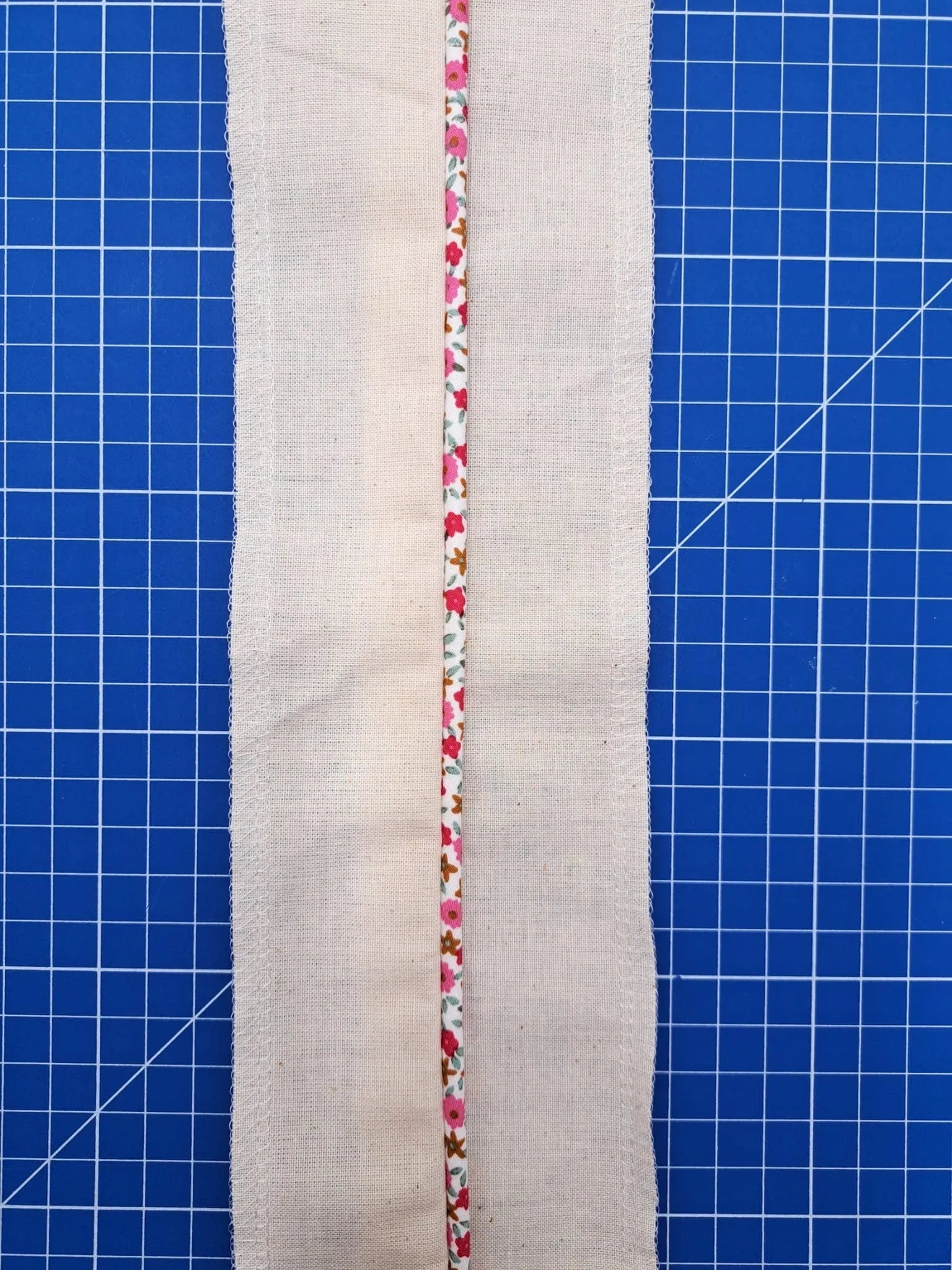

Leave a comment
All comments are moderated before being published.
This site is protected by hCaptcha and the hCaptcha Privacy Policy and Terms of Service apply.